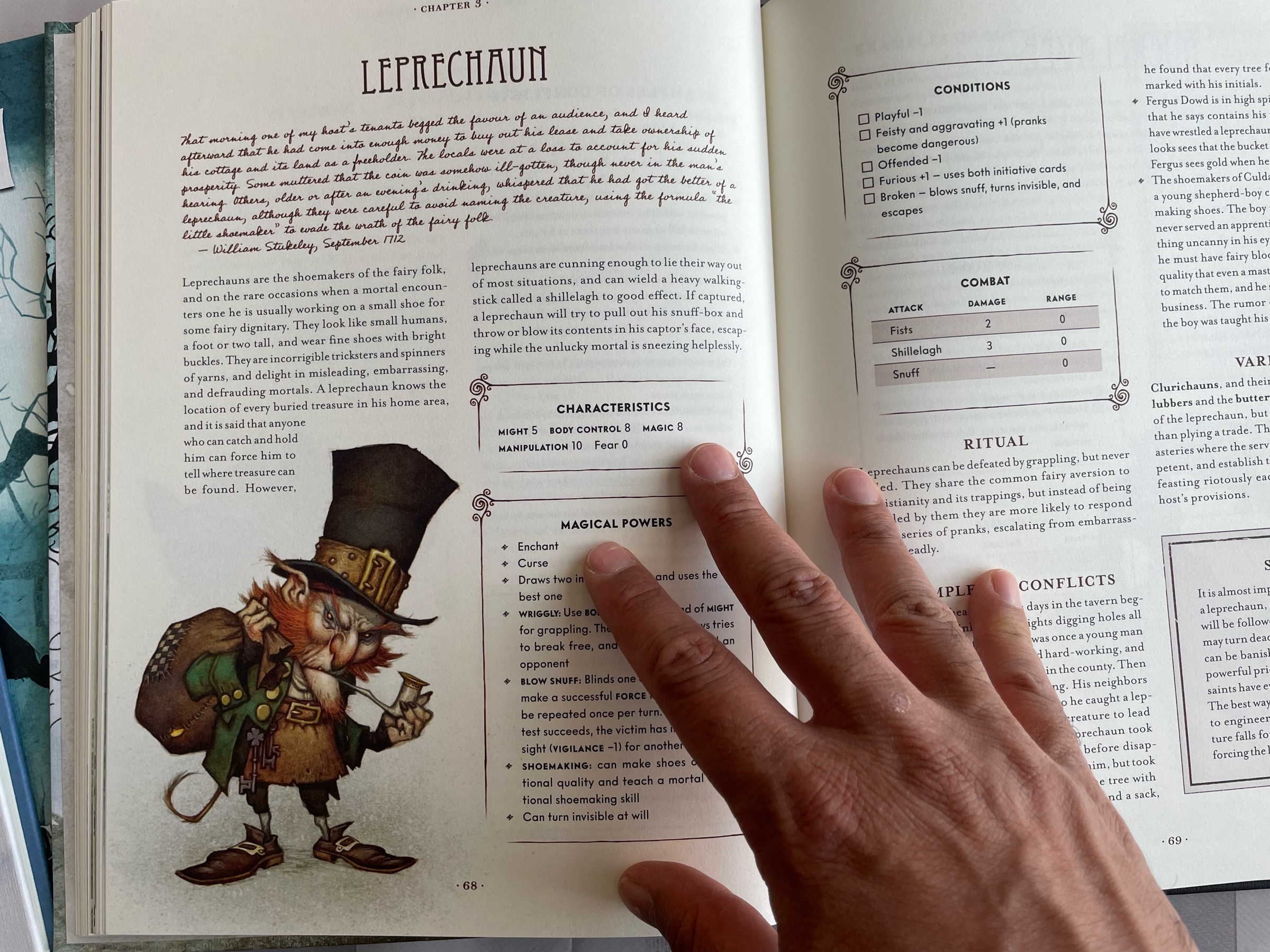“Orphan” was way more fun and creepy than I thought from its synopsis. Excellent lead child actress performance and a few other solid roles. Nicely executed climax, although it’s missing a denouement. Get a big snack and enjoy.

“Orphan” was way more fun and creepy than I thought from its synopsis. Excellent lead child actress performance and a few other solid roles. Nicely executed climax, although it’s missing a denouement. Get a big snack and enjoy.

“Come True” was pretty interesting, but sadly the cool ideas and questions raised in the middle of the story fall flat with the lame ending. Still worth watching though.

Ugh, I’m still hearing clever people talk about how in the future you’ll be able to “buy an NFT magic sword and use it in Unity and Unreal games and everywhere in the metaverse”. What the fuck.

Every time I hear people mention that the pioneering MMO “Habitat” coined the term “avatar”, I picture Richard Garriott turning over in his medieval mansion bed
Watched The Batman yesterday: I liked the “Year Zero” approach of it, with surprisingly “DIY” sort of bat-gadgets. Plus: an actual “Batman is a detective” story!
I keep running into people I know at SIGGRAPH. It shows that (A) I’m a well connected pillar of this community, or (B) (as someone put it recently) how “crazy incestuous” this industry is 😅
This week I’ll be at SIGGRAPH in Vancouver so if anybody wants to chat about camera systems, cinematics, working at Epic (we’re hiring!) or whatever, hit me up here or via DM/email!
Finished binge-watching both the UK and US versions of the Office. Interesting how the US Office quickly goes from an awkward remake to being its own thing. What really works is that they make it an ensemble cast show instead of keeping to the same 4 characters.
Oh sorry son, you thought you were going to a “sailing camp”? No no no you’re going to a “ceiling camp”. Learn about the basics of home renovation. Here’s your ladder, here’s a paint bucket and a brush, have fun, love you!
Some nice looking Vaesen books turned up at the door! I should throw some salt over my shoulder and ring the bell or something.



